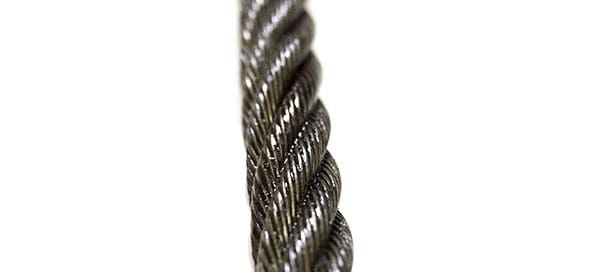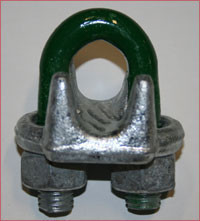Grade 100 Chain Sling Components
WORKING LOAD LIMIT – 4 TO 1 DESIGN FACTOR Grade 100 Chain Sling Components For choker applications, the Working Load Limit must be reduced by 20%. The Crosby A-1338 cradle grab hook and S1311N chain shortner link do not require any reduction of the Working Load Limit. The design factor of 4 to 1 on [...]


